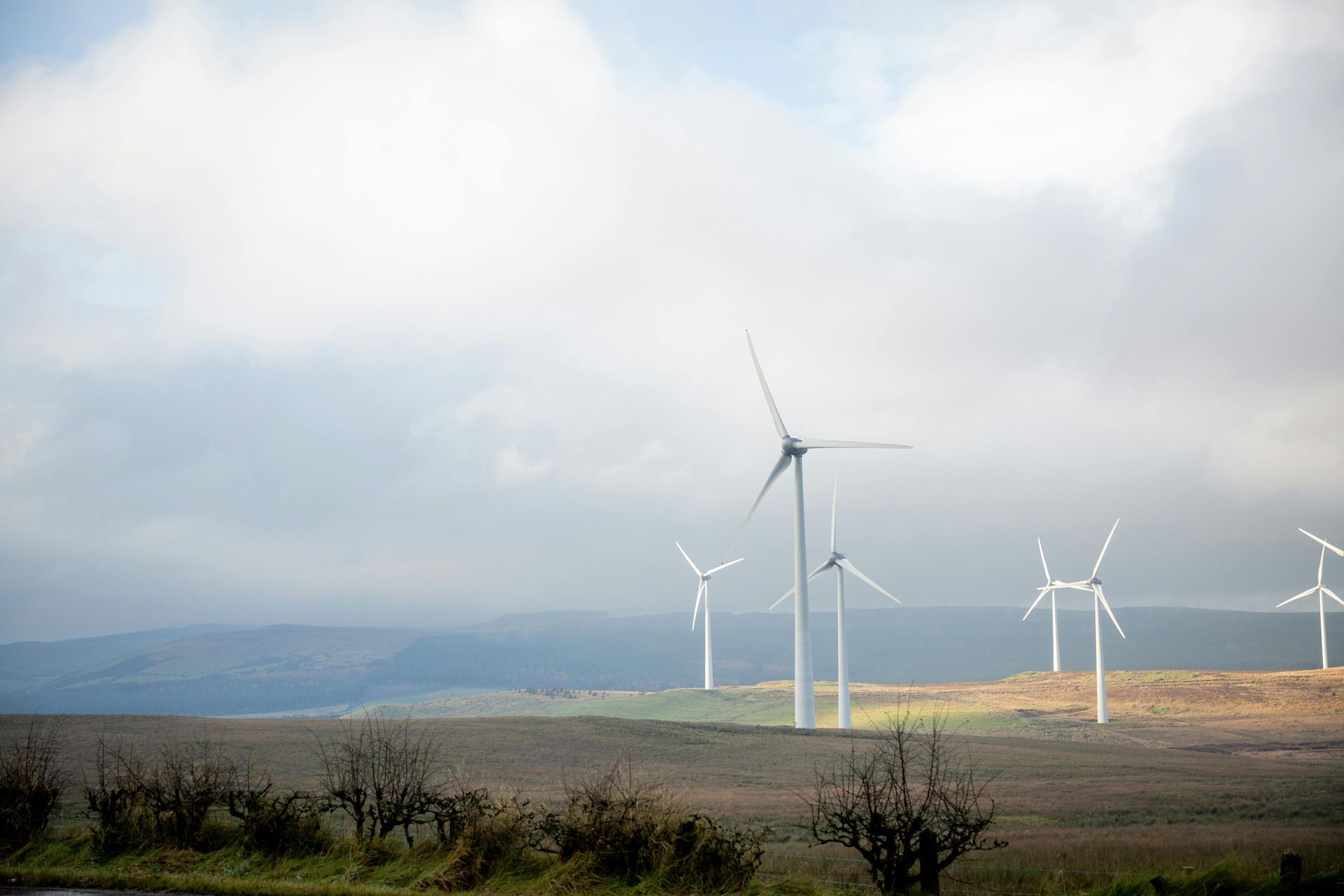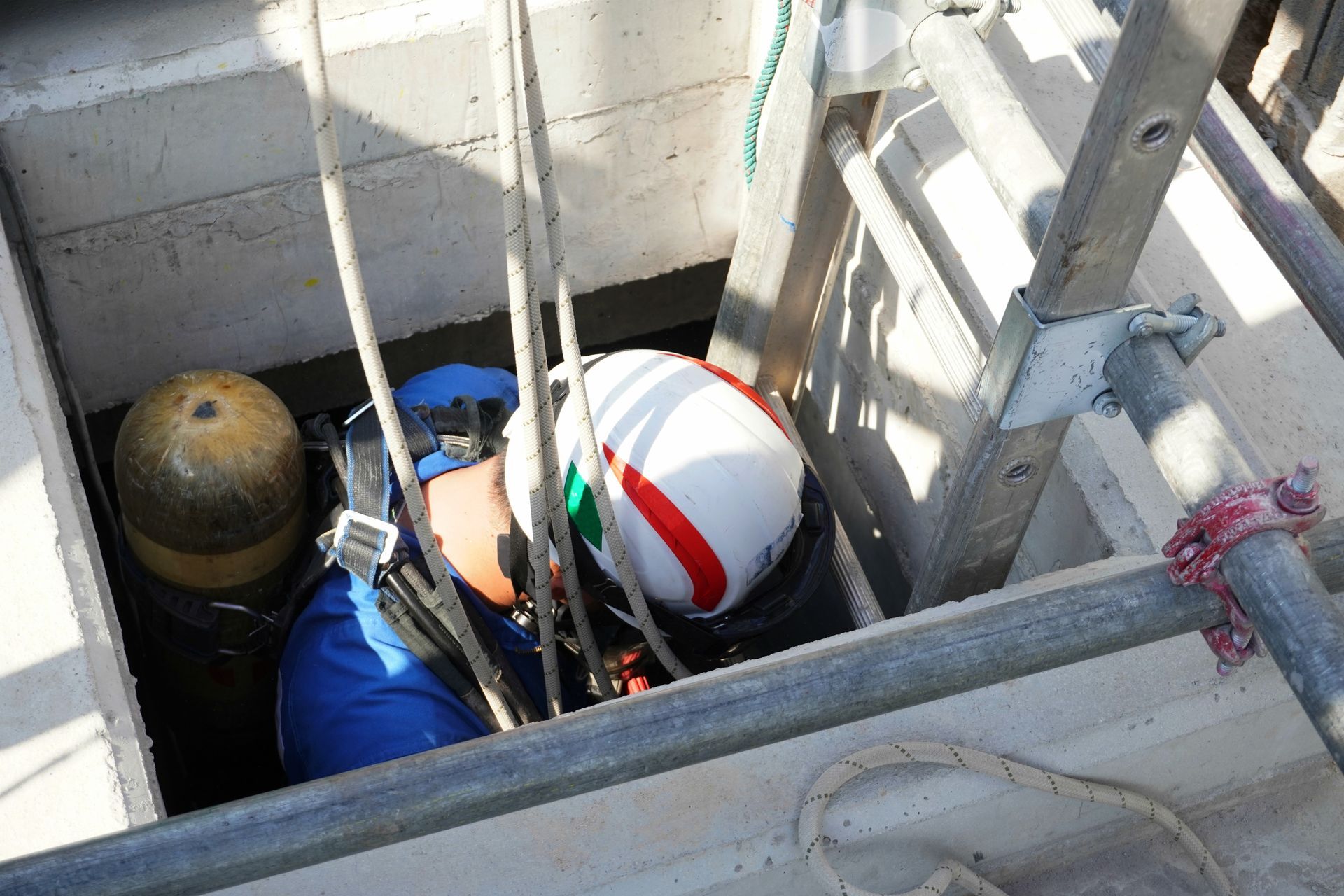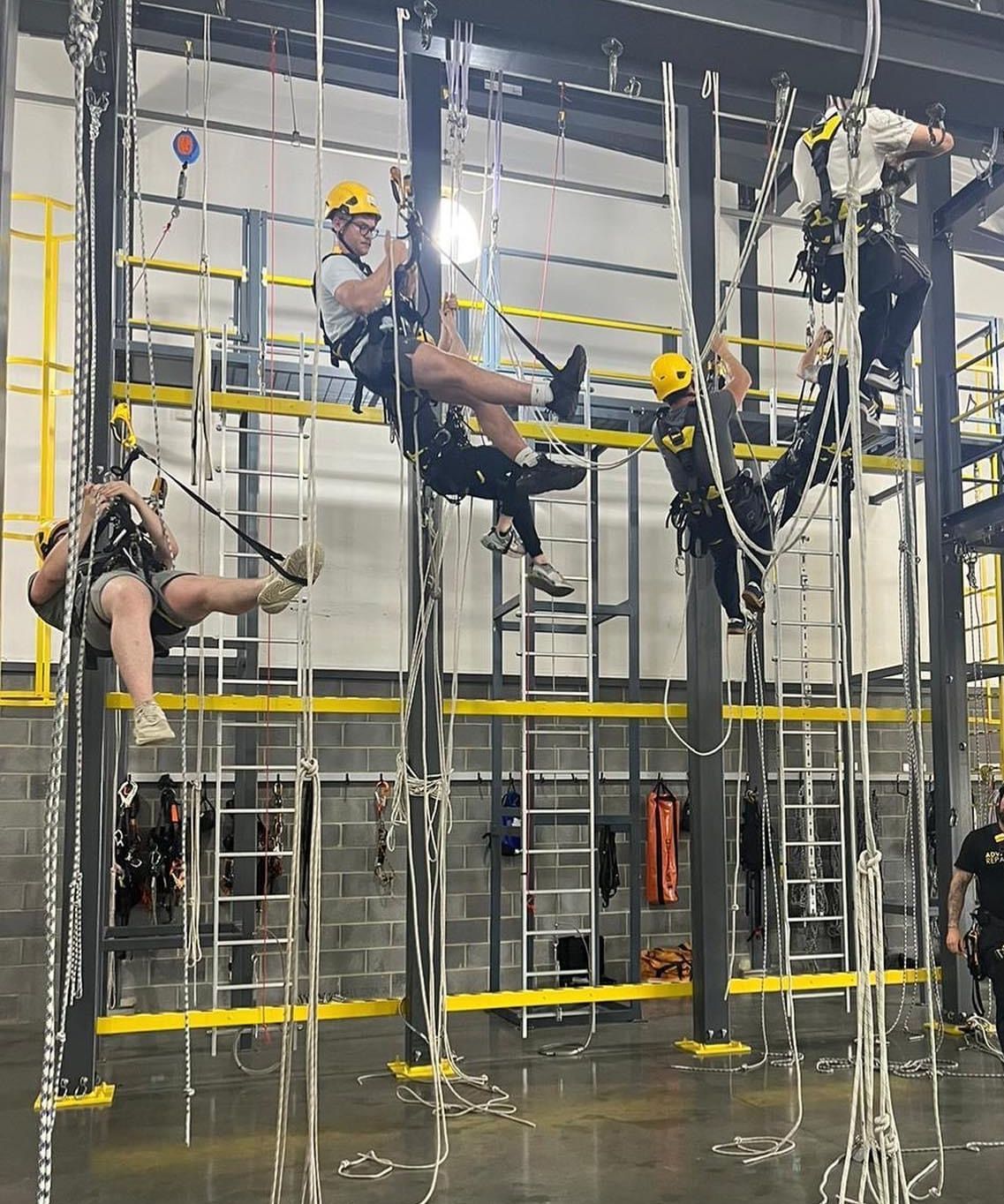Wind Farm Companies

Wind Farm Companies in Northern Ireland: Enhancing Your Operational Services with Dangle.
Northern Ireland is a leader in renewable energy, with wind power playing a significant role in reducing carbon emissions and increasing energy security. However, maintaining wind turbines efficiently is a challenge for many wind farm companies. Ensuring optimal performance, reducing downtime, and managing maintenance costs are all crucial for success.
This is where Dangle comes in. As a specialist in rope access, drone inspections, blade repairs, and coatings, Dangle provides cutting-edge solutions that help wind farm companies across Northern Ireland enhance their operational services. In this article, we’ll explore the wind energy sector in Northern Ireland, common maintenance challenges, and how Dangle’s expertise can help wind farm operators maximise efficiency and turbine lifespan.
The Wind Energy Landscape in Northern Ireland
Why Wind Energy is Vital
Wind energy is Northern Ireland’s largest source of renewable electricity, generating around 45% of the region’s power consumption. The Northern Ireland Energy Strategy aims for 80% renewable electricity by 2030, making wind power an essential part of the region’s future.
As more wind farms are built, ensuring their long-term performance and efficiency is critical. Proper maintenance and expert servicing are required to keep wind turbines functioning at their best.
Leading Wind Farm Companies in Northern Ireland
Northern Ireland is home to several key wind energy operators, including:
•Ørsted – A global renewable energy leader with major investments in the UK and Ireland.
•SSE Renewables – A significant player in Northern Ireland’s wind energy sector.
•Energia Renewables – A major wind energy producer across Ireland.
•RWE – A well-established developer in the renewable energy industry.
•Statkraft Ireland – Managing extensive onshore wind assets in the region.
•EDF Renewables – Contributing to Ireland’s wind power capacity.
With the increasing number of turbines in operation, these wind farm companies require specialist inspection and maintenance services to maintain efficiency and extend asset lifespan.
Challenges Faced by Wind Farm Companies
Turbine Maintenance and Inspection Difficulties
Wind turbines must undergo regular inspections and repairs to prevent efficiency losses. However, traditional maintenance methods often involve challenges such as expensive crane and scaffolding hire, long downtime periods for inspections and repairs, safety risks for workers at height, and limited access to offshore and remote turbines.
Weather-Related Complications
Northern Ireland’s unpredictable weather conditions—high winds, heavy rain, and cold temperatures—often delay maintenance work. Wind farm companies need flexible, efficient solutions that can operate in a variety of conditions.
Blade Damage and Efficiency Loss
Wind turbine blades are particularly susceptible to various factors, including erosion caused by rain, hail, and airborne particles; UV exposure, which leads to material degradation; lightning strikes, which can cause structural damage; and inefficiencies resulting from surface roughness, which impacts aerodynamics.
Regular blade inspections and maintenance are essential to keep turbines running efficiently and producing maximum energy.
Dangle can enhance Wind Farm Companies Operations in Northern Ireland
As a specialist provider of rope access, drone inspections, and wind turbine maintenance solutions, Dangle’s expertise in blade repairs, coatings, and performance optimisation ensures wind farm companies receive the most cost-effective and efficient maintenance services.
Dangle’s Expertise in Wind Turbine Maintenance
1. Rope Access Solutions for Wind Turbine Maintenance
Dangle Academy’s IRATA-certified rope access technicians provide a safe, efficient, and cost-effective alternative to traditional turbine maintenance methods.
Implementing this innovative approach offers numerous advantages, significantly reducing costs associated with traditional construction methods. The absence of the need for expensive cranes or scaffolding eliminates a substantial portion of the overhead expenses, making it a financially prudent choice for project managers. Additionally, this system minimises downtime, as it provides quick access for repairs and servicing needs. This efficiency is crucial in maintaining productivity and meeting targets, often the key concerns for wind farm companies. Furthermore, it adheres to high safety standards, ensuring that technicians work at height with both safety and efficiency prioritised. This is achieved through advanced equipment and techniques that reduce the risk of injuries. As a result, this approach not only cuts costs but also enhances safety and minimises disruptions to the project workflow, making it a comprehensive solution for wind energy challenges.
2. Advanced Drone Inspections for Wind Turbines
The use of drone technology significantly enhances wind farm maintenance by identifying cracks, erosion, and structural issues through high-resolution imaging, reducing inspection time compared to manual assessments, and providing AI-powered data analysis for predictive maintenance planning. By integrating drone technology with rope access, Dangle offers a comprehensive solution that enables early detection and swift resolution of issues, thereby improving the overall efficiency and safety of wind farm operations.
3. Specialist Wind Turbine Blade Repairs
Wind turbine blades experience constant exposure to harsh weather conditions, leading to damage that can impact performance. Dangle’s blade repair services include:
• Structural repairs – Fixing cracks, lightning damage, and delamination.
• Aerodynamic improvements – Ensuring blades maintain their optimal shape for maximum efficiency.
• Leading-edge protection – Applying advanced coatings or shells to reduce erosion and extend blade lifespan.
Proper WTG blade maintenance helps wind farm companies reduce performance losses and prevent costly turbine failures.
4. Coatings and Painting for Wind Turbines
Dangle has a wealth of experience in applying protective coatings and paint to wind turbine towers and blades. This is crucial for:
• Protecting against corrosion – Especially in offshore and coastal environments.
• Improving aerodynamics – Smooth, well-maintained surfaces enhance wind flow efficiency.
• Extending turbine lifespan – Regular repainting prevents material degradation.
By using specialist coatings, Dangle helps wind farm companies maintain turbine efficiency while reducing long-term maintenance costs.
5. Enhancing Wind Turbine Performance
Dangle’s services are designed to maximise turbine output by reducing energy losses caused by blade damage or inefficiencies, optimising turbine aerodynamics with professional coatings and repairs and implementing predictive maintenance to prevent unexpected breakdowns.
By investing in regular inspections and maintenance, wind farm companies can increase energy production and revenue while ensuring compliance with industry regulations.
Why Choose Dangle’s Academy?
Here at Dangle, we pride ourselves on offering a wide range of professional and comprehensive inspection, access, coatings, and composite (IACC) industrial services and training courses to cater to the needs of both the private and public sectors. Our dedication to providing high-quality work at height solutions and training has helped us establish a strong reputation in the industry.
With a team of highly skilled and experienced professionals, we are committed to delivering exceptional results that not only meet but exceed our clients' expectations. Our on-site working at height services are designed to minimise maintenance costs in the long and short-term, allowing our clients to save on valuable resources.
Located in Belfast, Northern Ireland, our headquarters serve as the centre of our operations across Ireland. However, we also have a Dangle office based in Scotland, ensuring that we can extend our services to a wider clientele across the United Kingdom. No matter where you are located, our team is always ready to assist you with your industrial maintenance or training needs.
If you would like to learn more about how our dedicated team can help you, we encourage you to get in touch with us today. Our friendly and professional staff are always available to provide you with the information and support you require.
Contact us now to discover the Dangle difference and let us be your trusted partner in meeting your industrial service and training needs today.
We'd Love a Share...
You might also like


